The Volvo S90 is priced from £32,555 to £42,055 and is on sale now, with first deliveries expected in September.
It is initially on sale with a choice of two diesel engines, but a plug-in hybrid version will be added to the range.
Read our Volvo S90 review here
The new saloon is a car that the Swedish manufacturer hopes will finally allow it to break through the German dominance of the executive car market when it arrives in UK dealers this summer.
A rival for the BMW 5 Series, Audi A6 and Mercedes E-Class, as well as the Jaguar XF and Lexus GS, the S90 sits on the same platform technology as Volvo’s recently launched Volvo XC90 SUV and will make use of the innovative hybrid powertrains from that car as it aims to become the cleanest vehicle in the class.
Volvo’s Scalable Platform Architecture (SPA) is designed to underpin multiple models displaying one of three basic characters. The smaller 40-series cars will be ‘fun to drive’, while the 3 Series-rivalling ‘60’ models will be ‘dynamic’.
The S90 follows the XC90 by being ‘sophisticated’ - although Volvo splits the saloon and SUV by sub-branding them ‘elegant’ and ‘refined strength’ respectively. The forthcoming V90 estate variant will add a further sub-character: ‘elegant and functional’.
However, there is still potential for the new car to possess sporting intent, with S90 Polestar and V90 Polestar high-performance versions confirmed by company chiefs.
The S90’s styling moves away from the chunky, heavy-shouldered Volvo saloons of recent years to deliver a more elegant look. Its front, while the side profile reveals an extremely short front overhang.
The Volvo S90 and V90 are offered with the same choice of powertrains as the XC90, with the UK market focusing on the 394bhp T8 ‘Twin Engine’ plug-in hybrid and the D4 and D5 diesel engines. The T8 version should improve on the XC90’s efficiency figure, with CO2 emissions of 44g/km, while the front-wheel-drive D4 manual edition should emit 109g/km.
The S90’s cabin has cues taken from the XC90, with extensive use of natural materials, including a slab of wood that forms a large part of the fascia. The dashboard is again dominated by the portrait-layout infotainment screen, which incorporates satellite navigation and audio, along with controls for several of the car’s systems, including heating and ventilation.

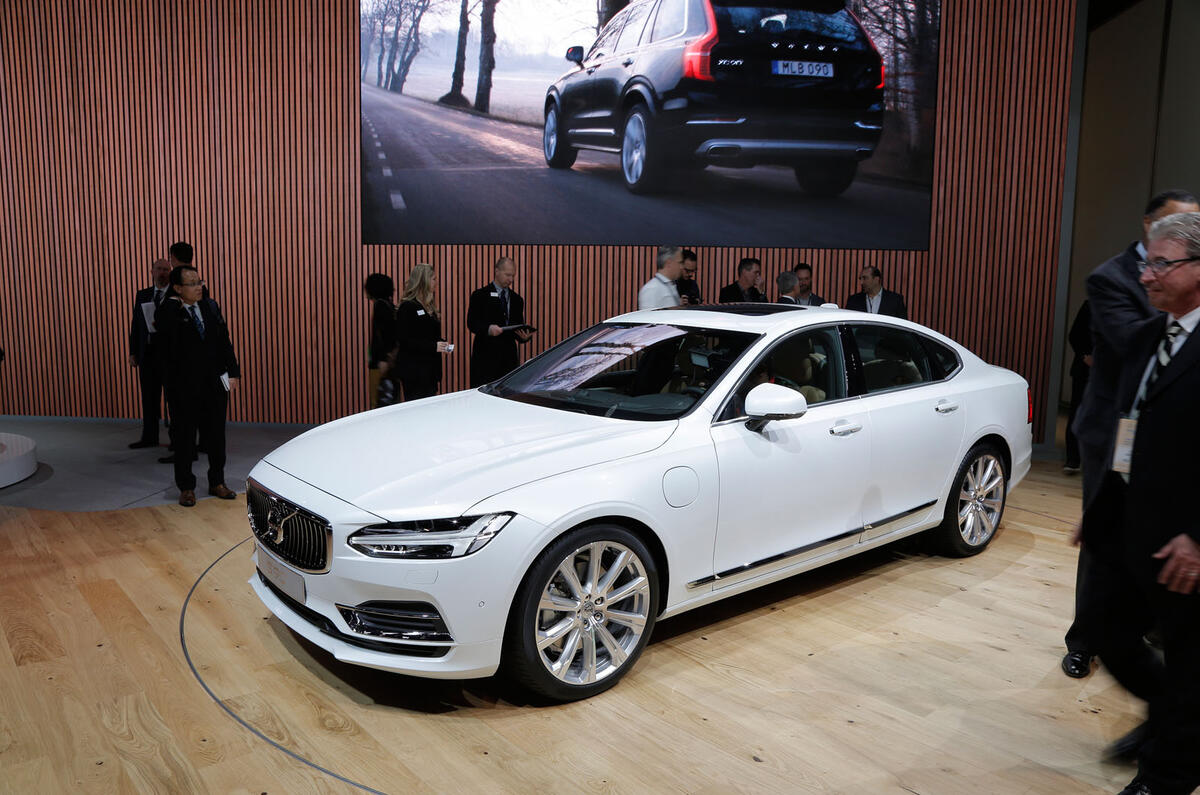
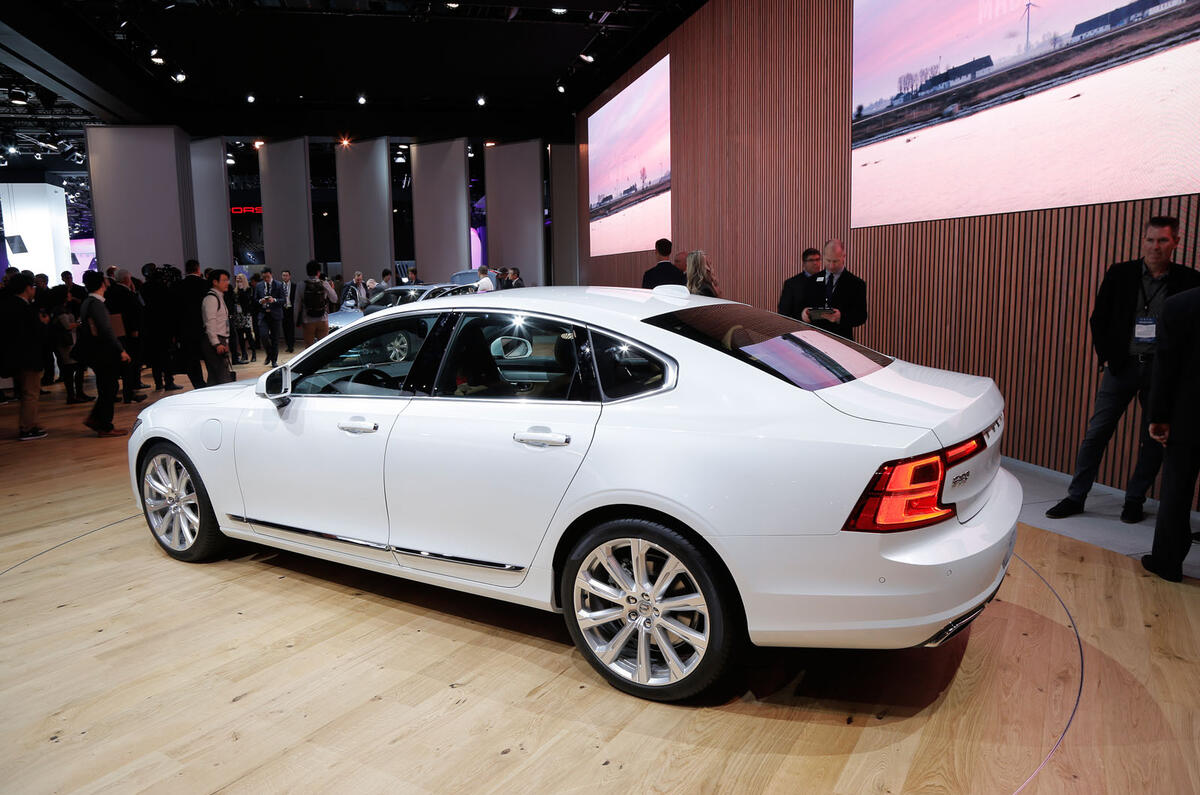
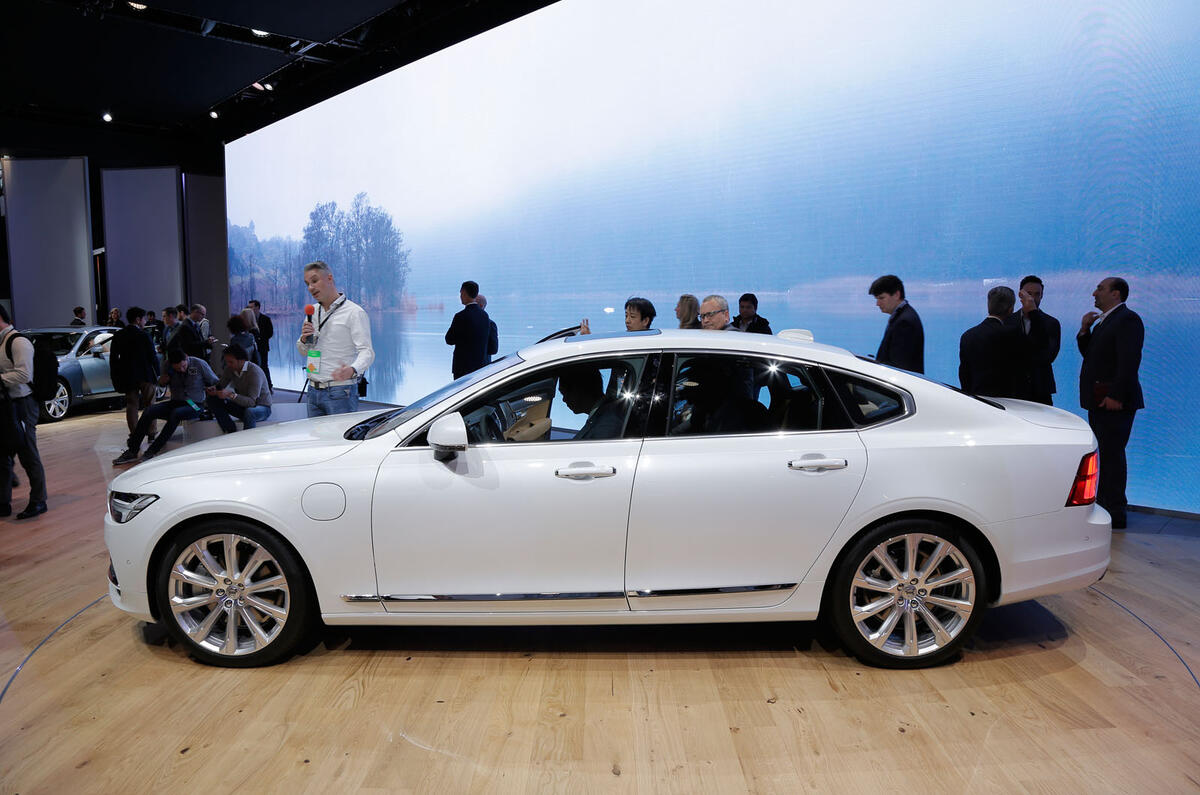
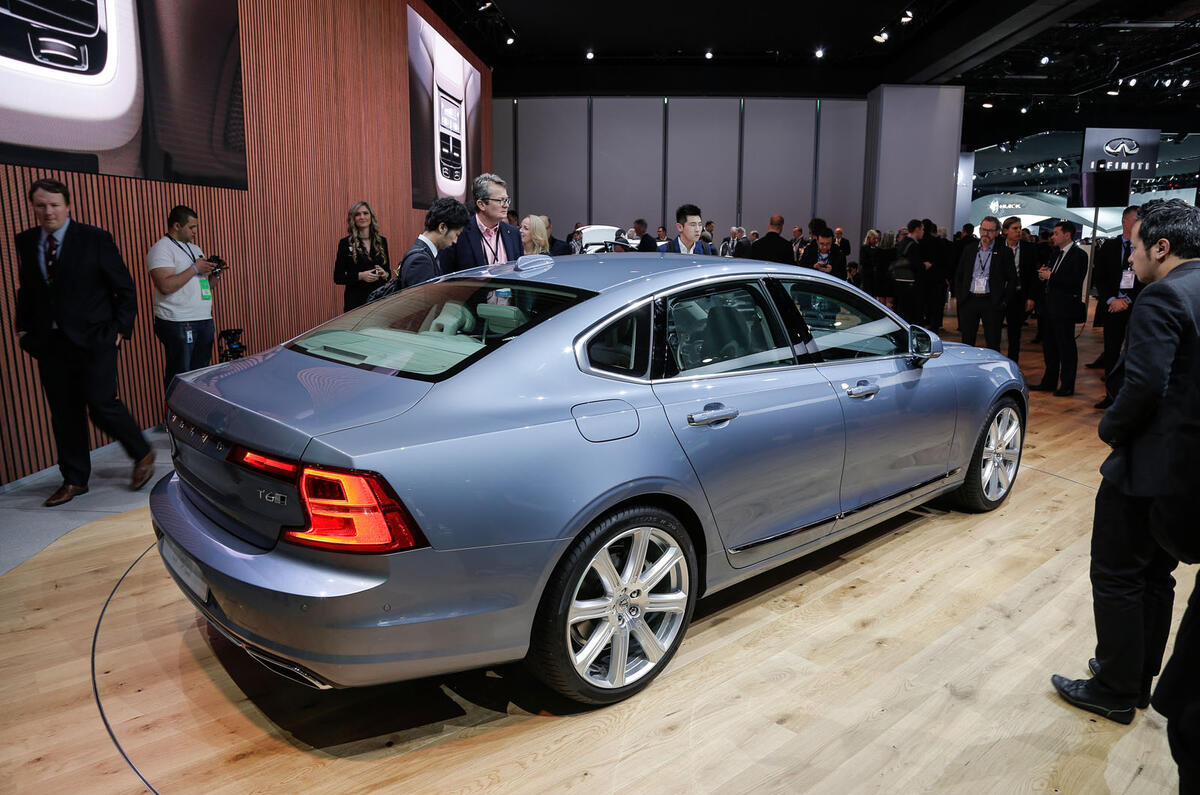
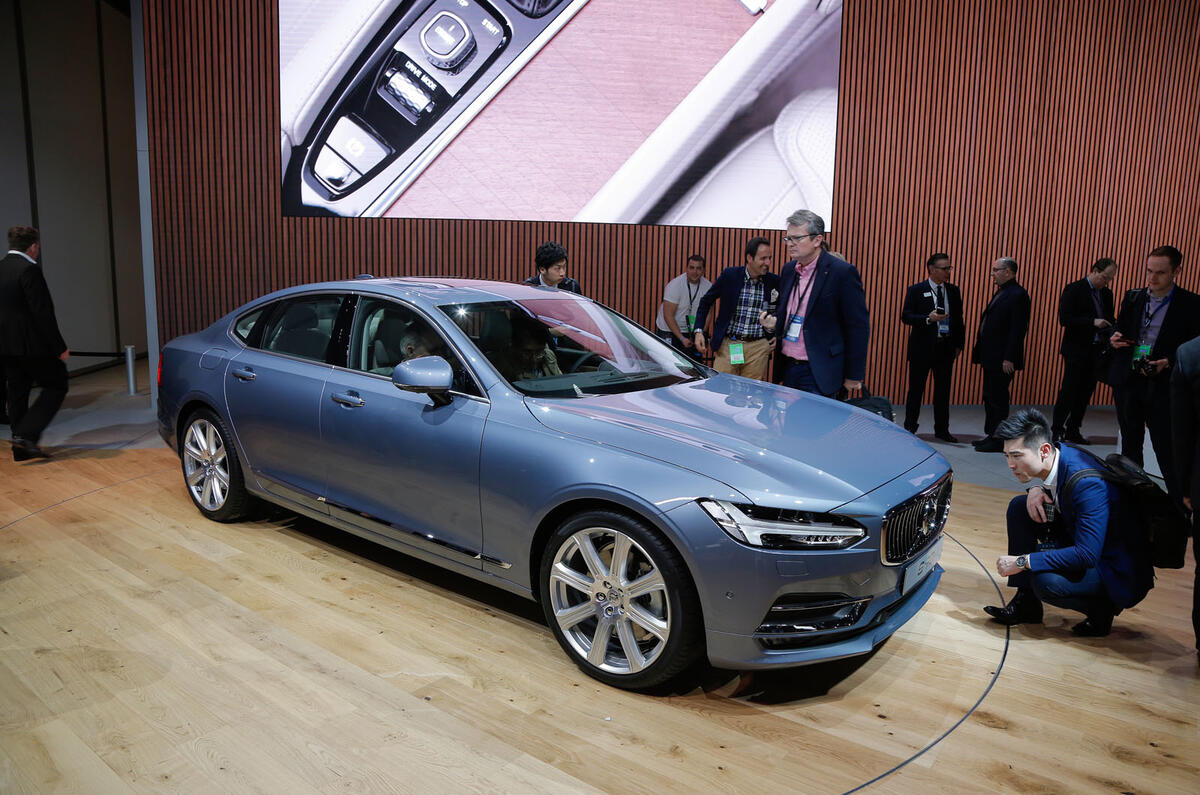
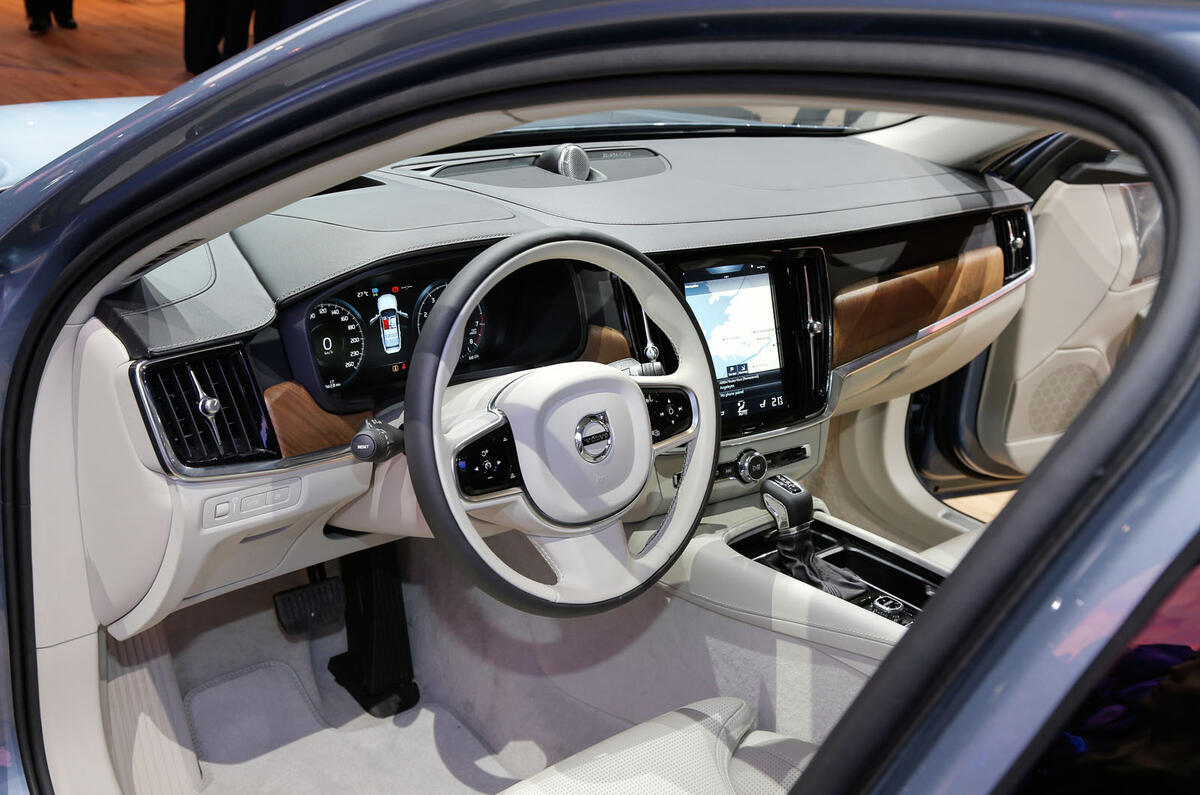
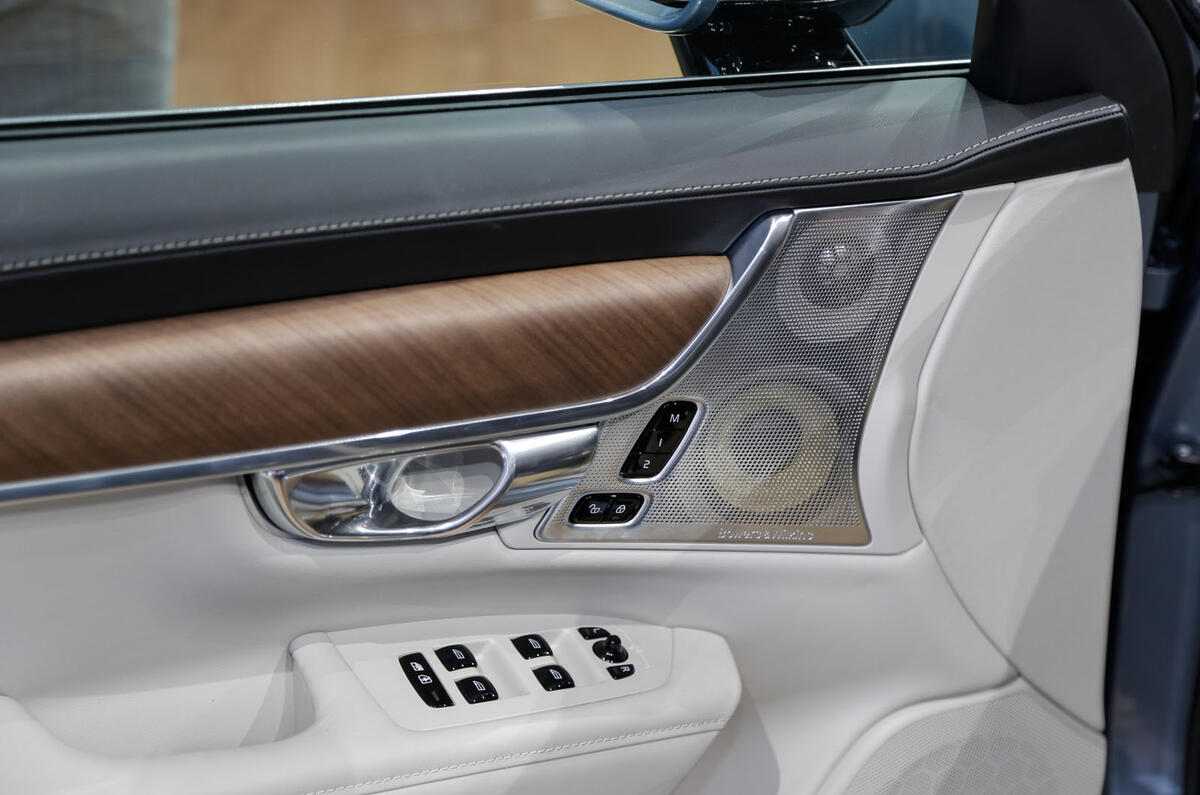


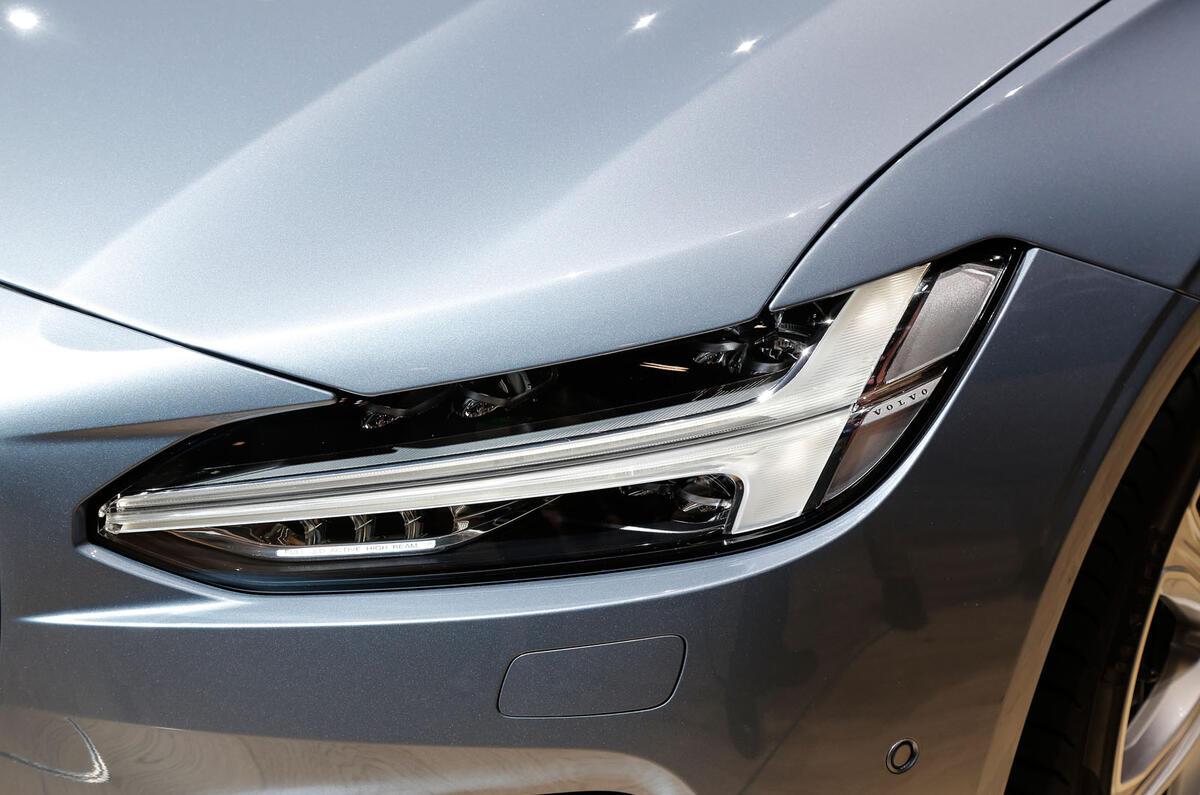
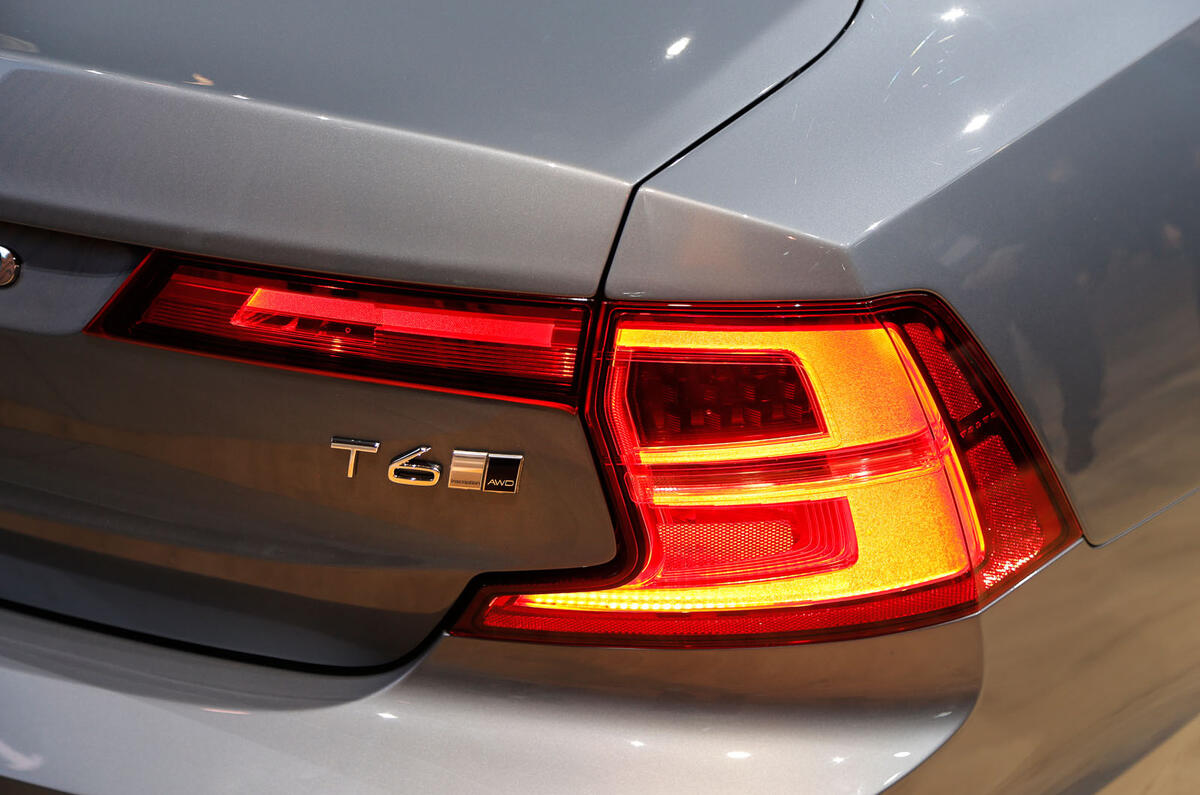
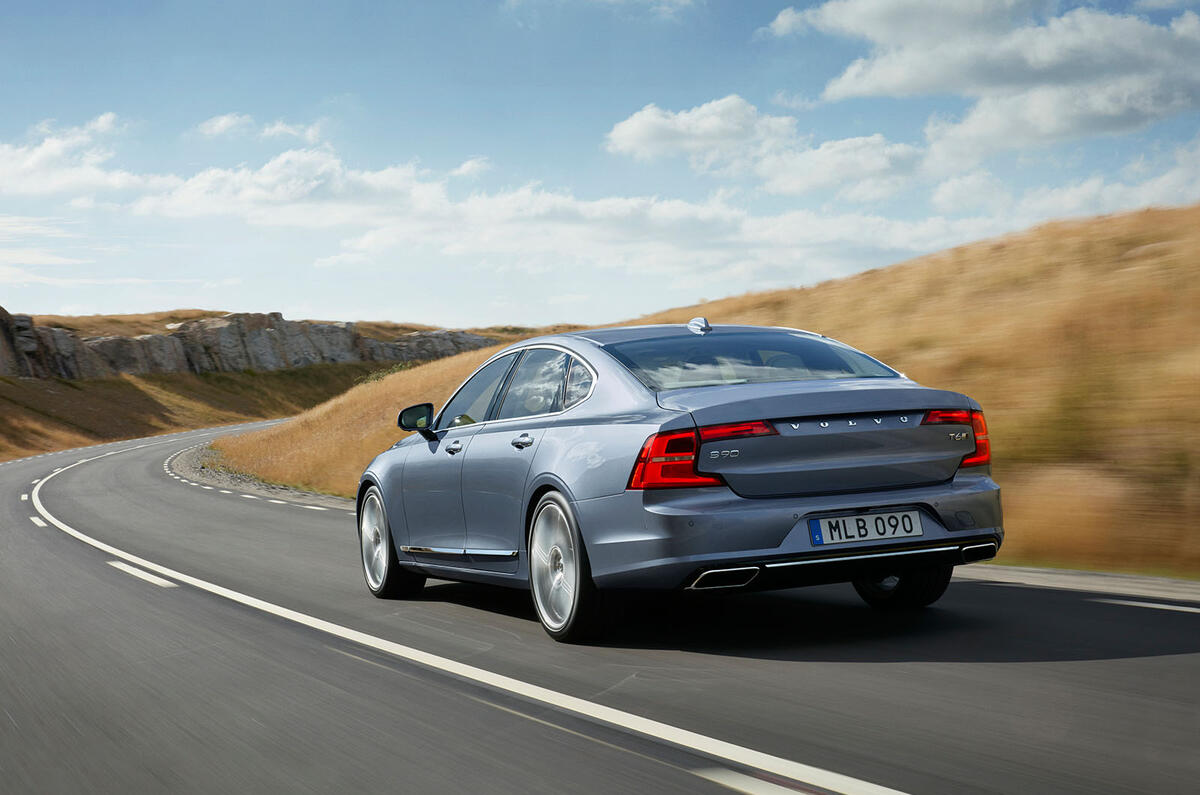
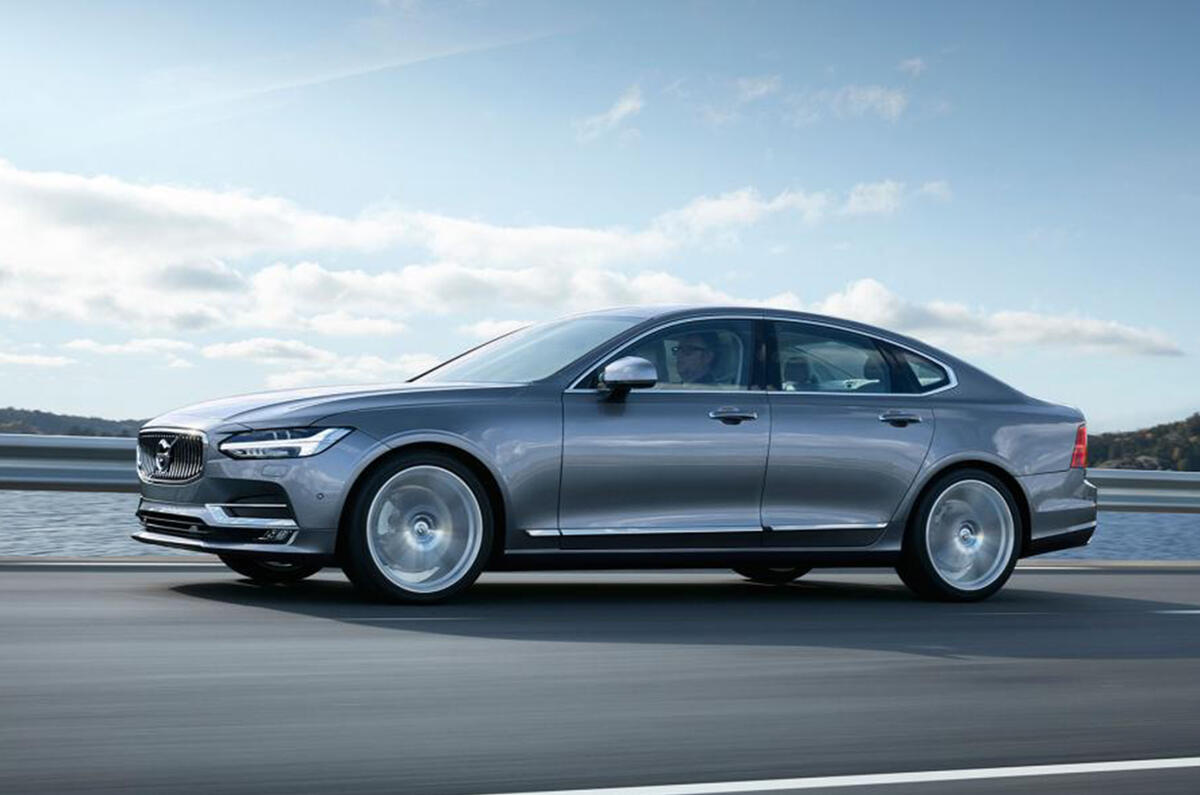
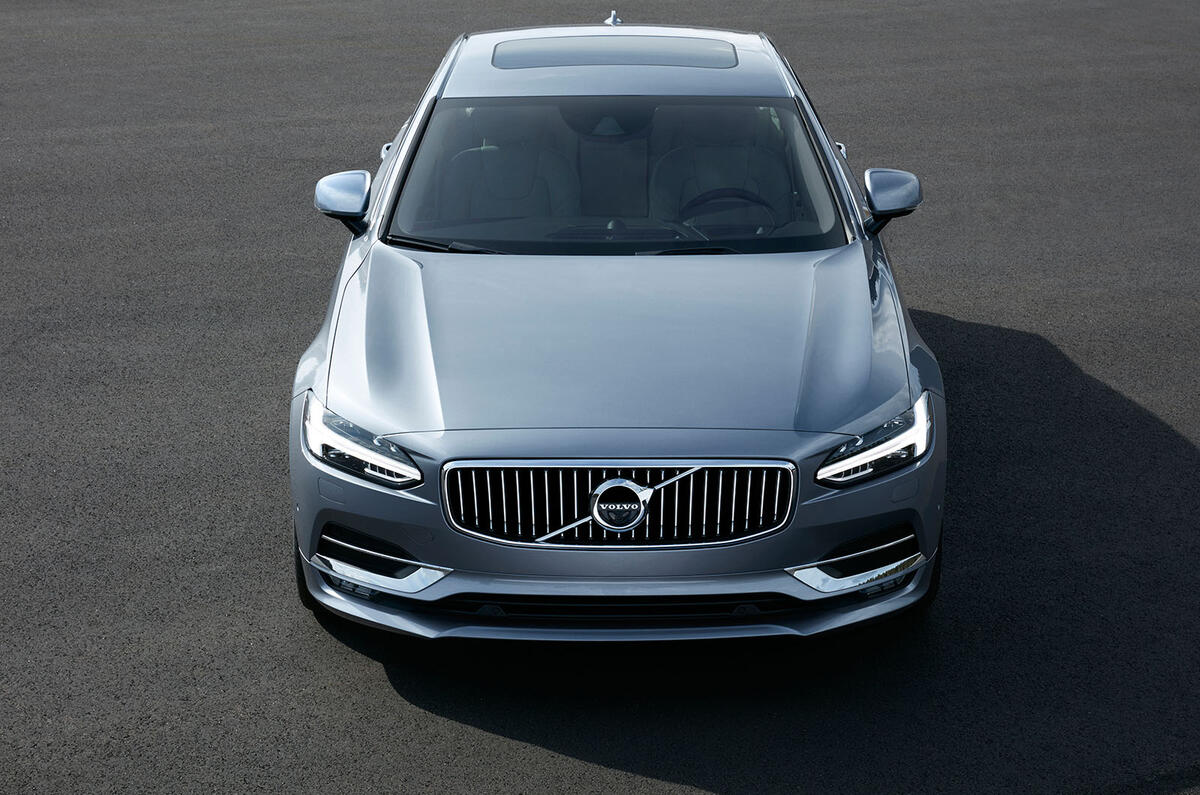


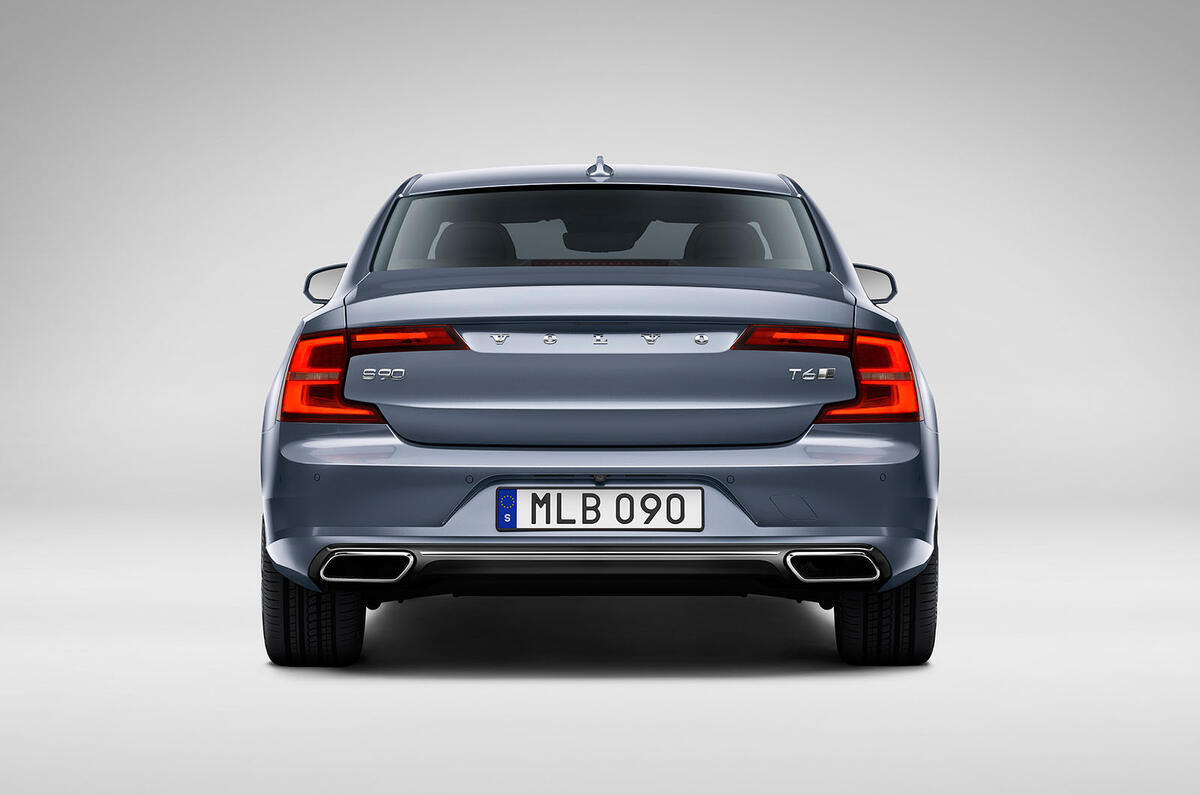


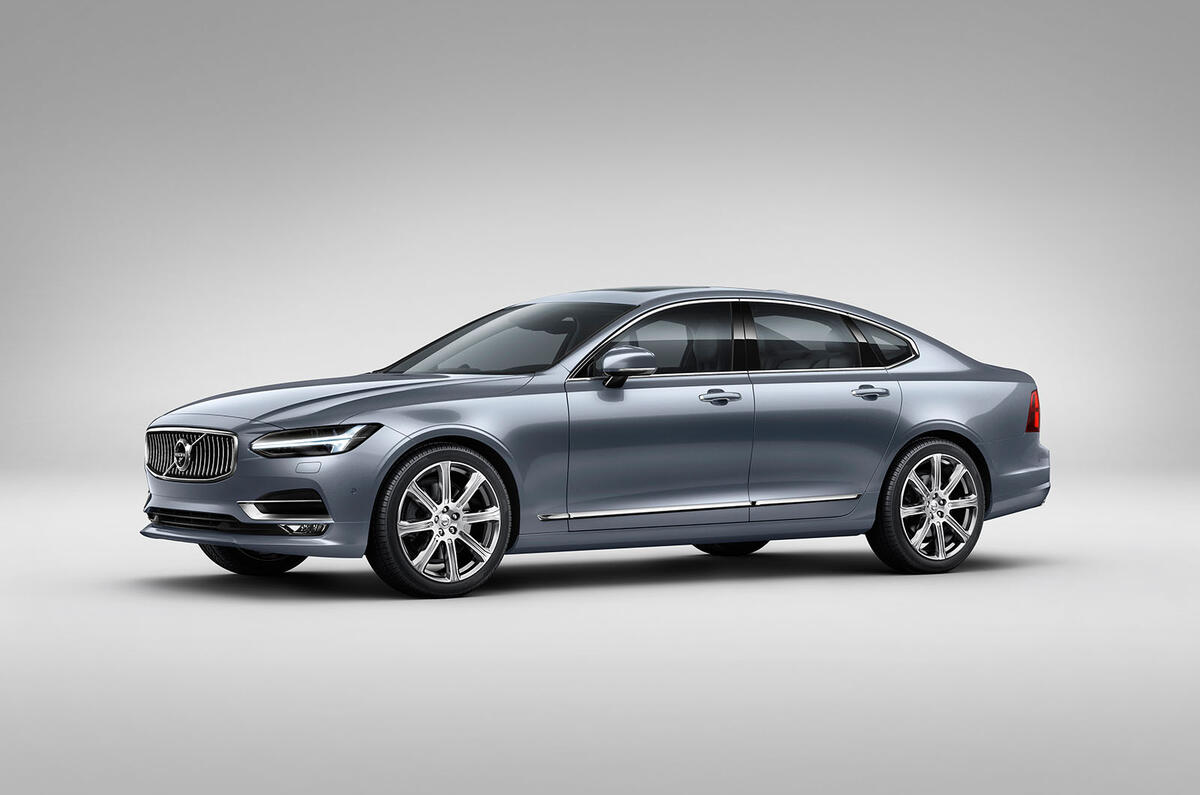
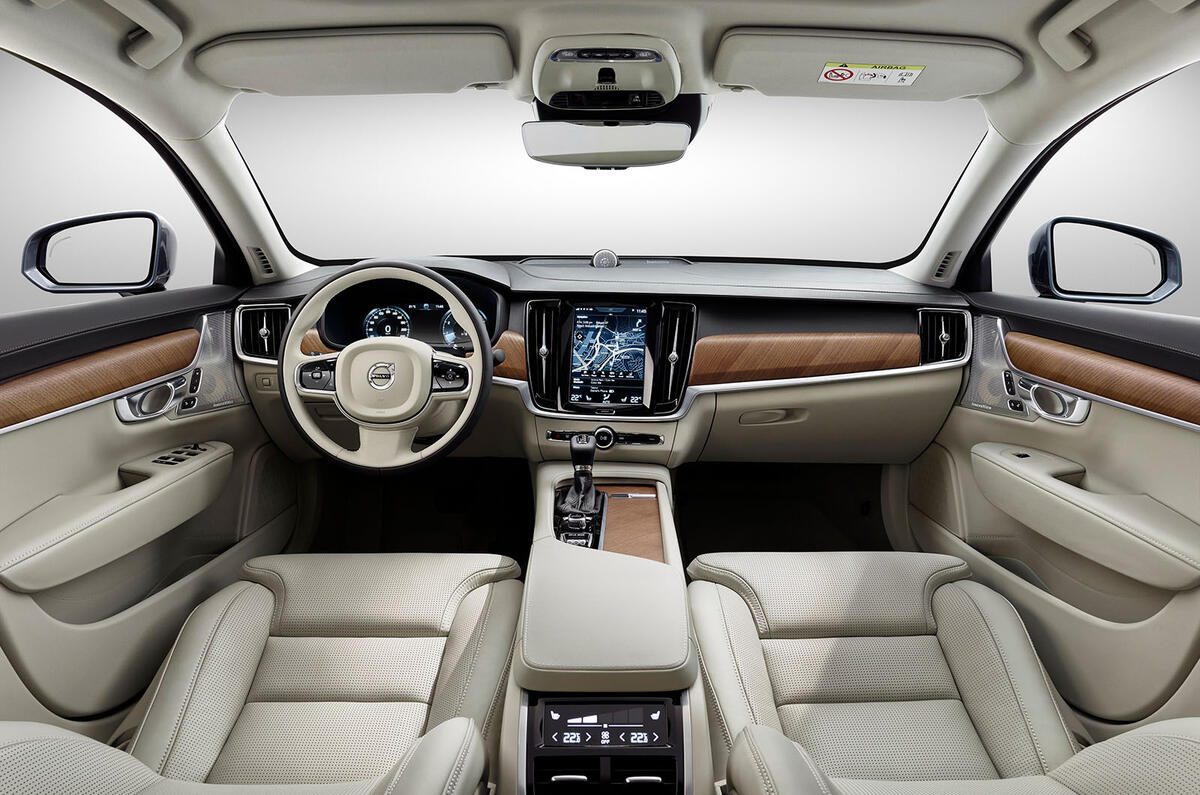
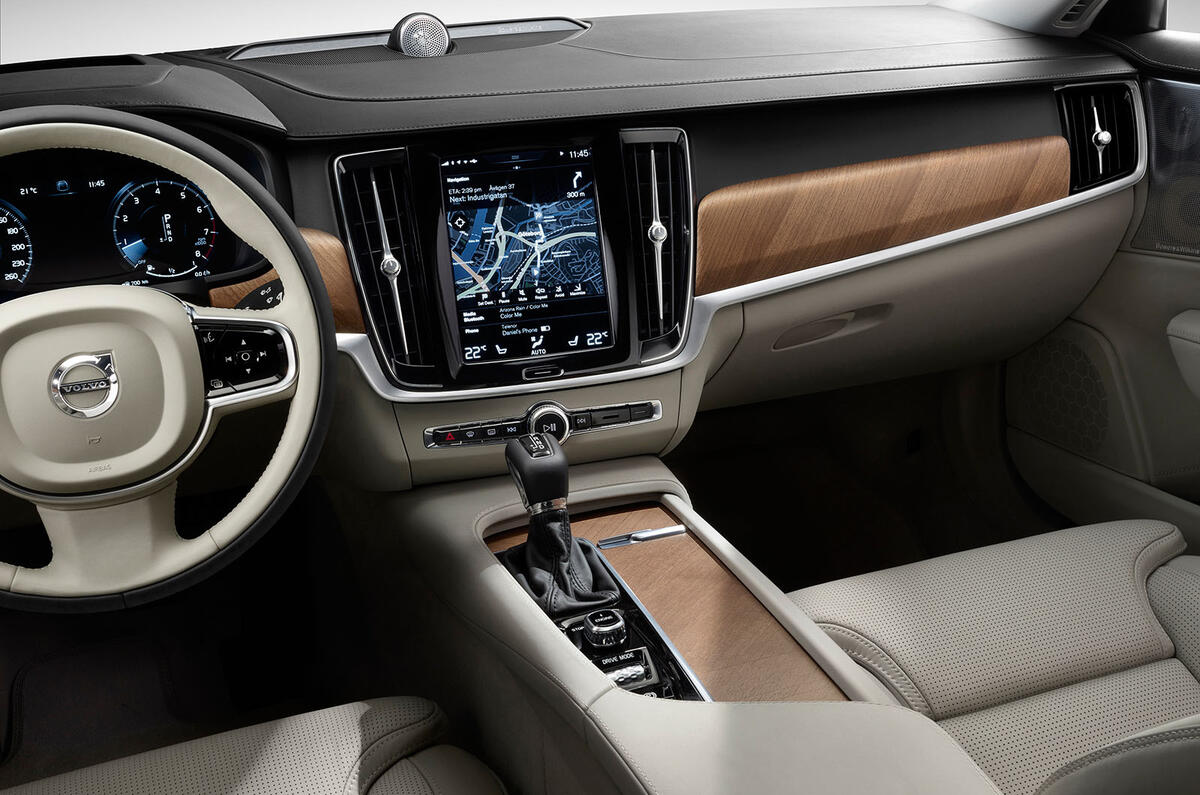
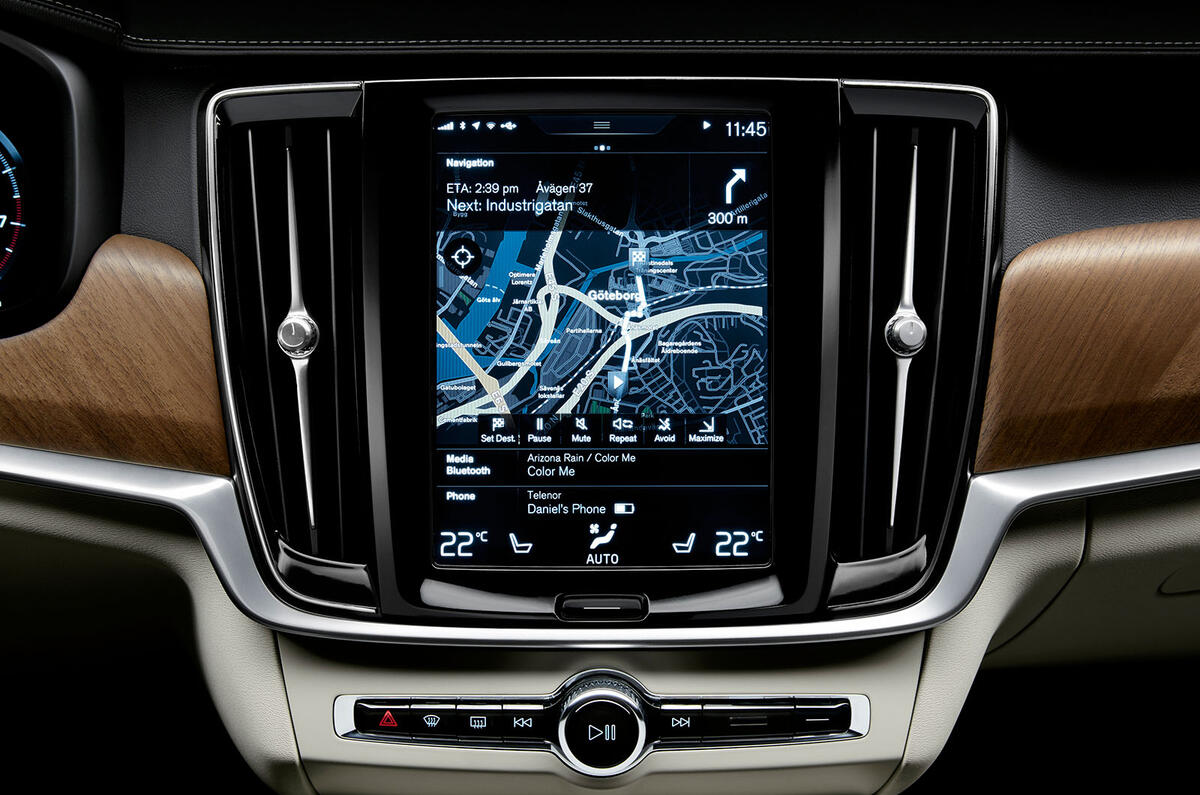
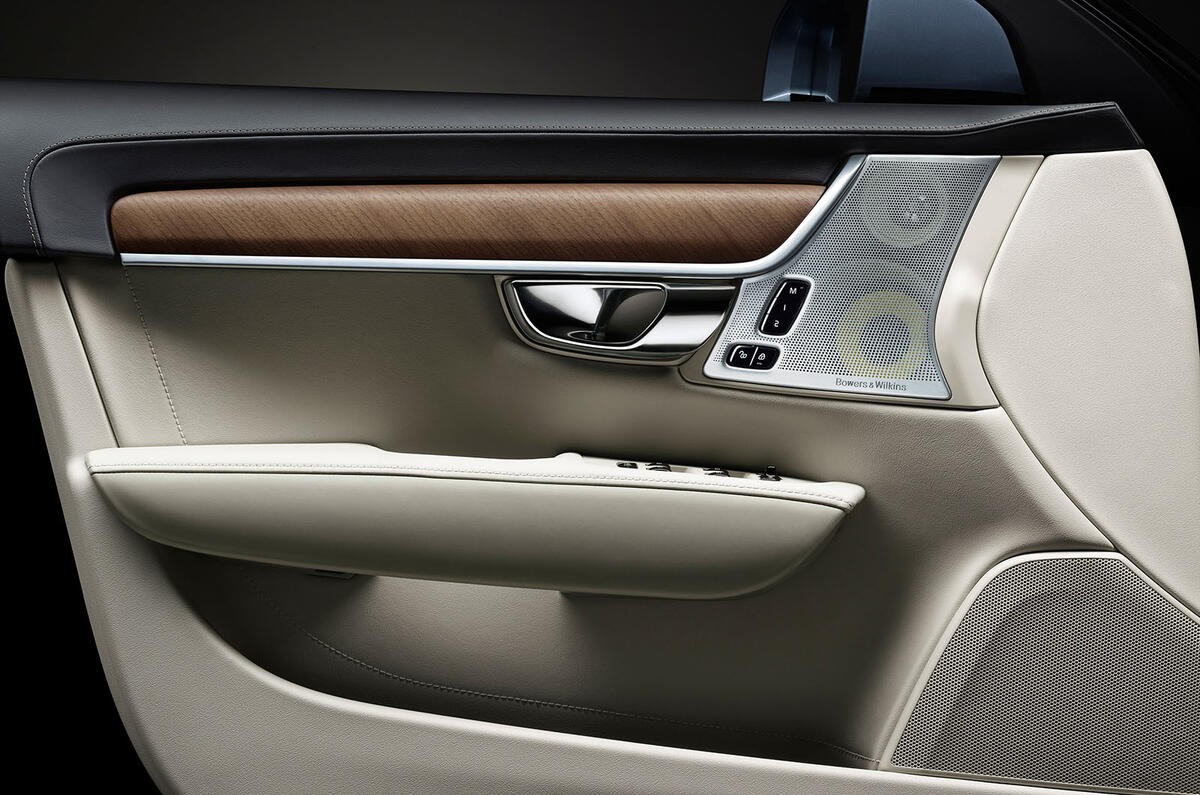
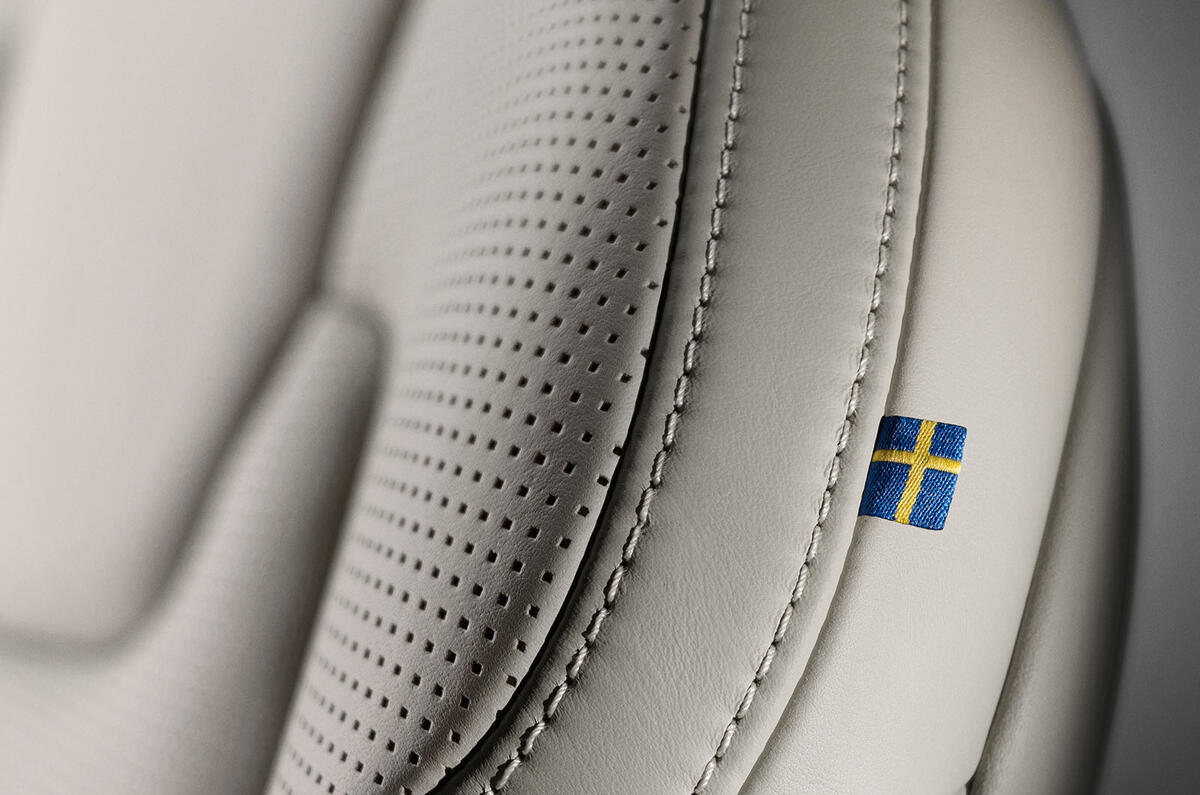
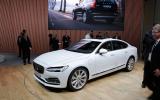
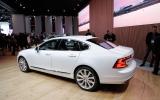
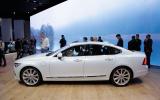
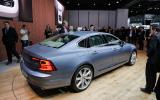
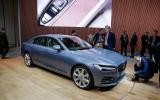
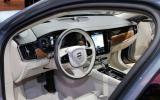
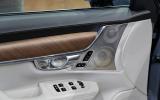
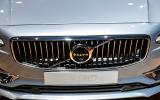

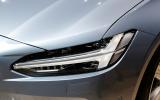
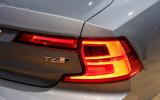
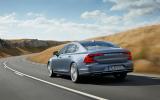
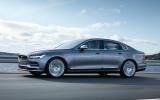
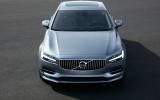
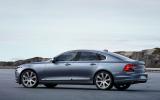
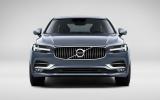
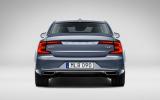


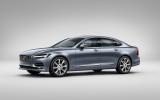


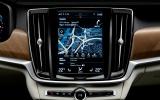
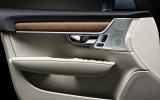





Join the debate
Add your comment
six cylinder and sat nav
xxxx wrote: outside looks ok
Have you actually been in the new S90, I suspect not, so how can you say a BMW or a Jaguar have a higher quality feel, the new XF feels poor in certain area, and in some areas worse than the mk1, BMW leather feels live PVC, unless you pay extra, and its interiors as a whole are dated and full of cheap plastic. The majority of BMWs are 4 pot theses days, and its bigger engines are offered with massive discounts, Jaguar have only recently started fitting 4 pots, and was until very recently fully reliant on Ford/PSA engines, and when it did eventually release a 4 pot it was a discontinued previous generation Ford 2.2 diesel.
Six cylinder petrol and
Six cylinder petrol and